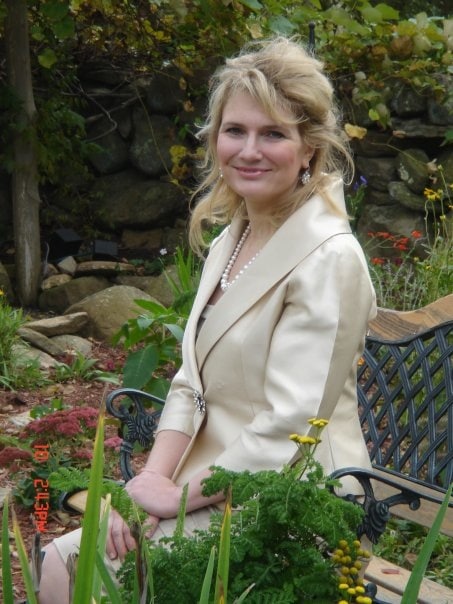 In 2000, Harvard Professor Robert Putnam wrote the landmark book Bowling Alone. A rare piece of academic work, Bowling Alone actually seeped into popular culture. Putnam uses an array of indicators about the social “connectedness” of Americans (including our participation in bowling leagues, believe it or not) to argue what we already know—these days, Americans are less connected to their communities and extended families.
In 2000, Harvard Professor Robert Putnam wrote the landmark book Bowling Alone. A rare piece of academic work, Bowling Alone actually seeped into popular culture. Putnam uses an array of indicators about the social “connectedness” of Americans (including our participation in bowling leagues, believe it or not) to argue what we already know—these days, Americans are less connected to their communities and extended families.
The list of factors contributing to isolation is long but includes sky-high divorce rates, geographic mobility of individuals and families, the fragmentation of extended families, and declining affiliations with communities of faith and ethnic origin, among others. Despite Putnam’s exhaustive and compelling study, what I do know is that weddings provide a momentary respite for this descent into social isolation…..weddings offer a rare chance for people to physically re-connect with loved ones and, sometimes, even reach back for lost cultural traditions, even if they are small.
The other day I was having an email exchange with a bride who was marrying a fellow of Italian ancestry. She was interested in integrating “something Italian” into the wedding ceremony. Because so many traditional Italian ceremonies are intimately connected with specifically Roman Catholic services (this was an interfaith marriage, with the ceremony not conducted by a traditional clergy person), she was puzzled about what options might exist.
I did a bit of sleuthing in various books and on websites to find a cornucopia of small rituals that could be woven into any sort of wedding. For example, in Italy, little bags of almonds, known as confetti, are given to the guests after the wedding as keepsakes. The almonds, representing the sweet & bitter nature of life, should come in bags of 5 or 7 almonds, which are supposed to bring good luck. Likewise, I learned that some brides and grooms in Southern Italy break a glass at the end of the wedding day. Common wisdom says that the number of pieces that the glass shatters into represents the number of years that the couple will be happily married. And according to The Knot, the Tarantella—a stately and elegant courtship dance (which if not already, should be added to the repertoire of Dancing with the Stars required performances)—is commonly performed by the Bride and Groom at the reception. After finding wedding favors designed with beautiful Murano glass, made in Venice, I realized the list of ways that a bride could honor her groom’s Italian heritage, was limitless.
As something of a Communitarian myself, my hope is that these nods to culture during wedding planning can spark a sustained interest in family heritage. But it is nice to know that a celebration about love can, at least, open conversations about ethnic ancestry, ceremonial customs, and connections to generations past. And, on the eve of Thanksgiving, for that I am grateful.
"Sarah was absolutely the most perfect combination of helping to create a wedding that was truly "us" while at the same time giving us a number of alternatives for dealings with some of the details that would otherwise have been bewildering. All of her recommendations were spot-on. She was just charming. She wove a number of elements together to create an event that surpassed our expectations."
Ted & Mika
"Sarah, was a wonderful gift from God to help perform our marriage ceremony. She so attentive to what we wanted and helped us plan our ceremony in Central Park in New York. We completely trusted her and she gave excellent advice and ideas she had for our ceremony. She listened to the important pieces that we wanted included and then worked her magic with the rest."
Mary & Nora
"Sarah Ritchie crafted a unique and exceptional ceremony, eschewing rote procedural tropes for a heartfelt and personalized experience that drew both laughter and tears from our friends and family. In a world of predictable and monotonous ceremonies, Sarah Ritchie is a breath of fresh air."
Kate & Ezra
"There is not enough words to express my gratitude for service that Sarah provided for us on our special day. We will cherish these moments for years to come. The fact that you congratulated us in our 'first' language was a very pleasant surprise. My husband's parents who flew in just for our wedding were very impressed."
Maggie & Peter
Previous
Next
Wedding Officiant Services
© 2021 WEDDINGS BY SARAH RITCHIE | DESIGN BY PASQUARIELLO DESIGN | MAJORITY OF PHOTOGRAPHY BY DANA ARNOLD & RENEE JEAN
NYC | Greenwich CT | Bedminster NJ | Princeton NJ | Westchester NY | Hamptons NY | Brooklyn | Manhattan | Connecticut | Long Island | New Jersey | Hudson Valley | Tri-State Area

